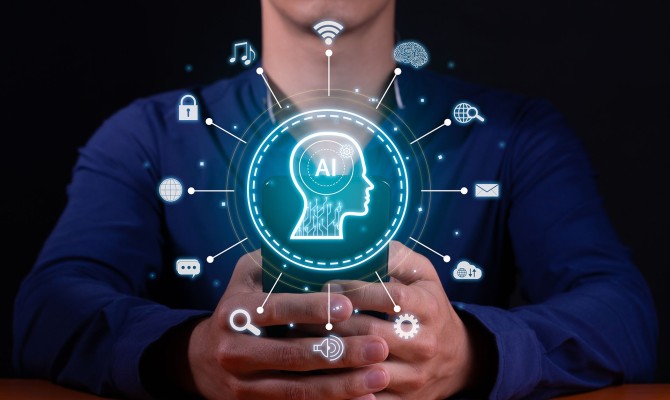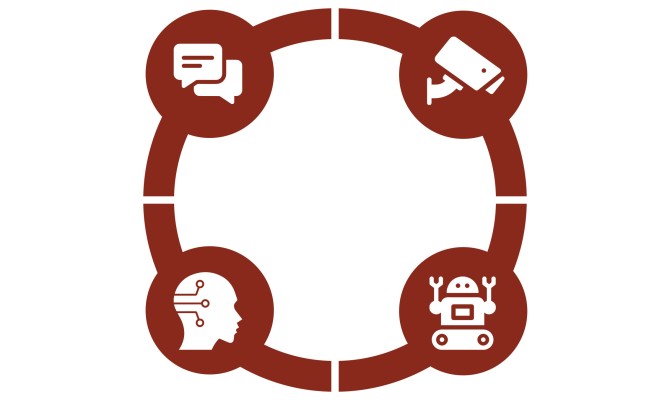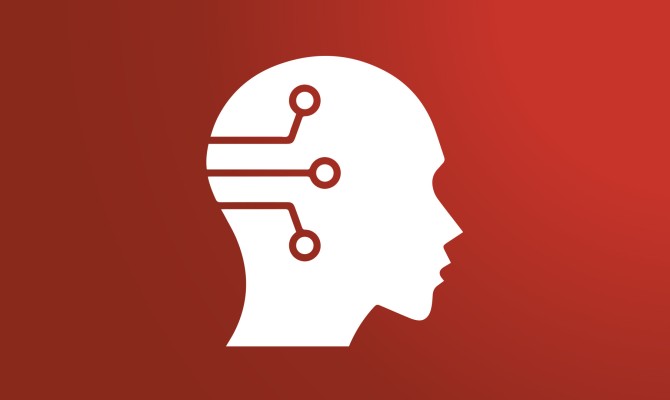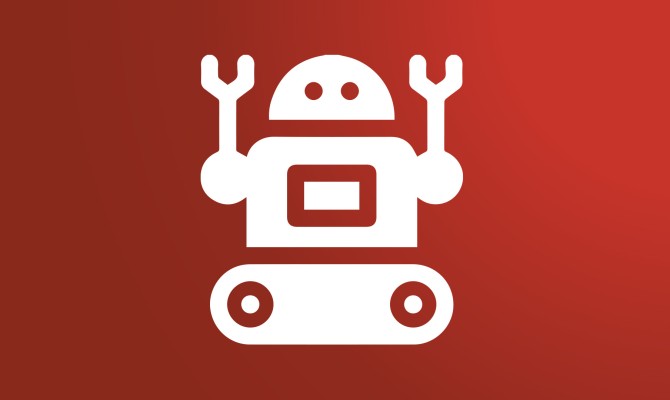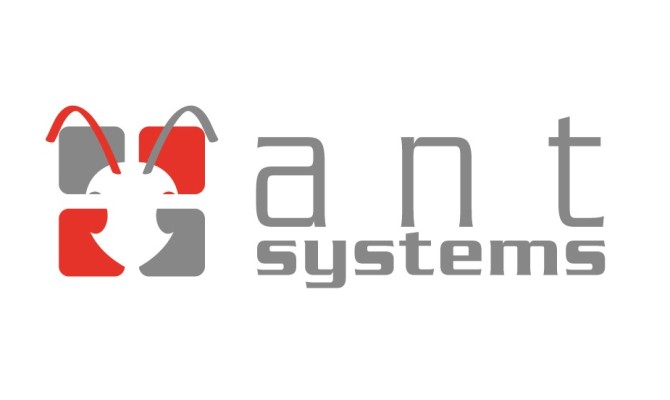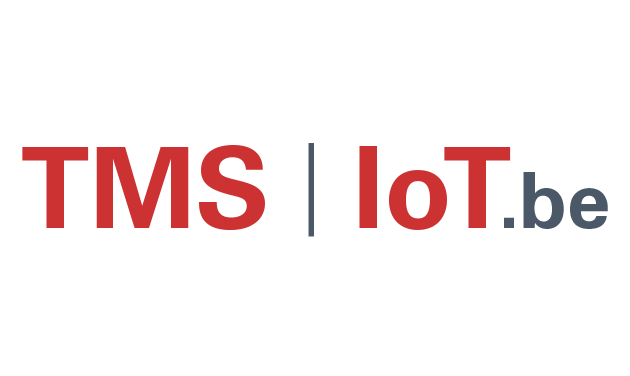AI development
In the world of web development, Artificial Intelligence (AI) is playing an increasing role. At DDI Services, we are constantly exploring the possibilities and applications of AI to improve the functionality, efficiency and user experience of web applications.
Whether it's personalising content, automating tasks or improving decision-making processes, AI offers a wide range of opportunities to create innovative solutions to suit your application's needs.
Our team of experts is ready to explore with you how AI can be integrated to improve the performance and competitiveness of your web application.
What is AI?
AI stands for Artificial Intelligence. It is a branch of computer science that deals with creating systems and machines that can function in a way commonly called human intelligence. AI systems are capable of performing tasks that normally require human intelligence, such as learning, reasoning, planning, speech recognition, visual perception, decision-making and much more.
There are several approaches and techniques within AI, including machine learning, natural language processing, neural networks, expert systems and genetic algorithms.
Machine learning, for example, is a subfield of AI that focuses on developing algorithms and models that allow computers to learn from data, recognise patterns and make predictions without being explicitly programmed for specific tasks.
AI is applied in various fields and industries, including healthcare, finance, transportation, manufacturing, retail, entertainment and more.
It is used for a wide range of applications, including self-driving cars, voice assistants, recommendation systems, fraud detection, medical diagnostics, robotics and natural language translation.
In essence, AI aims to create machines that are able to think, learn and act like humans, and that can interact and communicate with humans on an intelligent level.
This diagram gives an overview of the main domains within AI and the specific applications and tasks that fall under each domain.
Each of these domains has its own techniques, methods and applications, but they are all aimed at creating intelligent systems and machines that can learn, reason and act like humans.
Diagram of the four main domains within AI
Machine Learning (ML)
AI systems can be trained on road transport data to learn patterns and make predictions, for example to predict traffic congestion or identify vehicle maintenance needs.
Examples: predictive truck maintenance, route optimisation for freight transport, driving behaviour analysis for fuel efficiency
- Supervised learning
- Unsupervised Learning
- Reinforcement Learning
- Deep Learning
Computer Vision
Translating natural language
AI systems can be used to identify and classify objects on the road, such as road signs, vehicles and obstacles.
Examples: camera systems for lane assistance, traffic light and pedestrian detection, automatic number plate recognition systems
- Object recognition
- Image classification
- Object detection
- Face recognition
- Image segmentation
Robotics
AI systems can be used to control autonomous vehicles and automated systems in trucks, such as self-driving trucks and automated loading and unloading systems.
Examples: autonomous freight trucks, automated pallet loading and unloading systems, AI-controlled platooning systems
- Robotic navigation
- Robotic arm control
- Object manipulation
- Human-robot interaction


